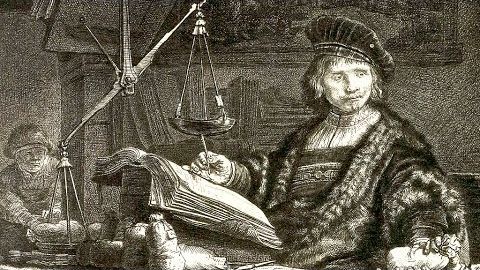
字幕與單字
聖巴沃2--倫勃朗在哪裡坐著,刻畫 "金衡之田"? (St Bavo 2 - Where did Rembrandt sit, etching the 'Goldweigher's Field'?)
00
vulvul 發佈於 2021 年 01 月 14 日收藏
影片單字
point
US /pɔɪnt/
・
UK /pɔɪnt/
- n. (c./u.)要點;一小點;斑點;重點;特點;點(字符的大小);時刻;瞬間;地點;意義;得分;削尖;點 (小數點);針腳
- v.i.朝向
- v.t.指向
- v.t./i.表明
A1 初級多益初級英檢
更多 leave
US /liv/
・
UK /li:v/
- v.t./i.離開;別離;死後留下;使保持(某狀態);沒有吃完(或用完);遺留;使…成為
- n. (u.)允許;同意;假;休假
- n. (c./u.)剩菜
A1 初級多益初級英檢
更多 draw
US /drɔ/
・
UK /drɔ:/
- v.t.吸引注意;吸引人;拉;拖;汲取;引出
- n. (c./u.)引人之處;抽籤;平局
- v.i.靠近;接近;以平局收場
- v.t./i.畫圖
A1 初級多益初級英檢
更多 使用能量
解鎖所有單字
解鎖發音、解釋及篩選功能
